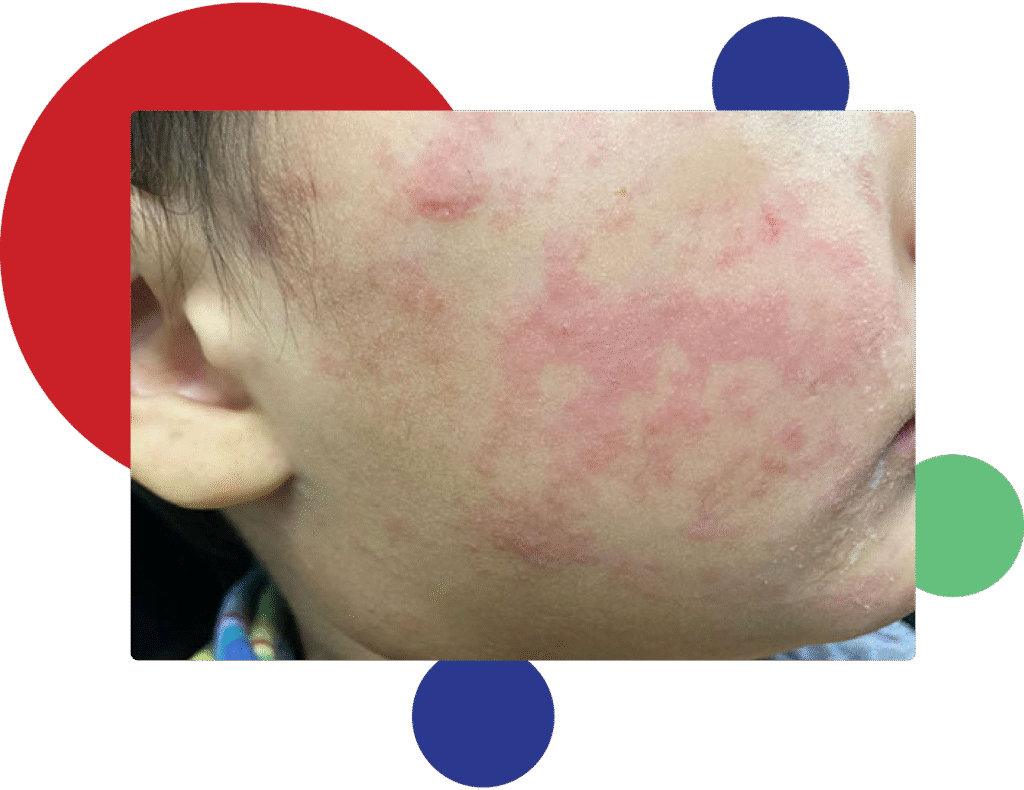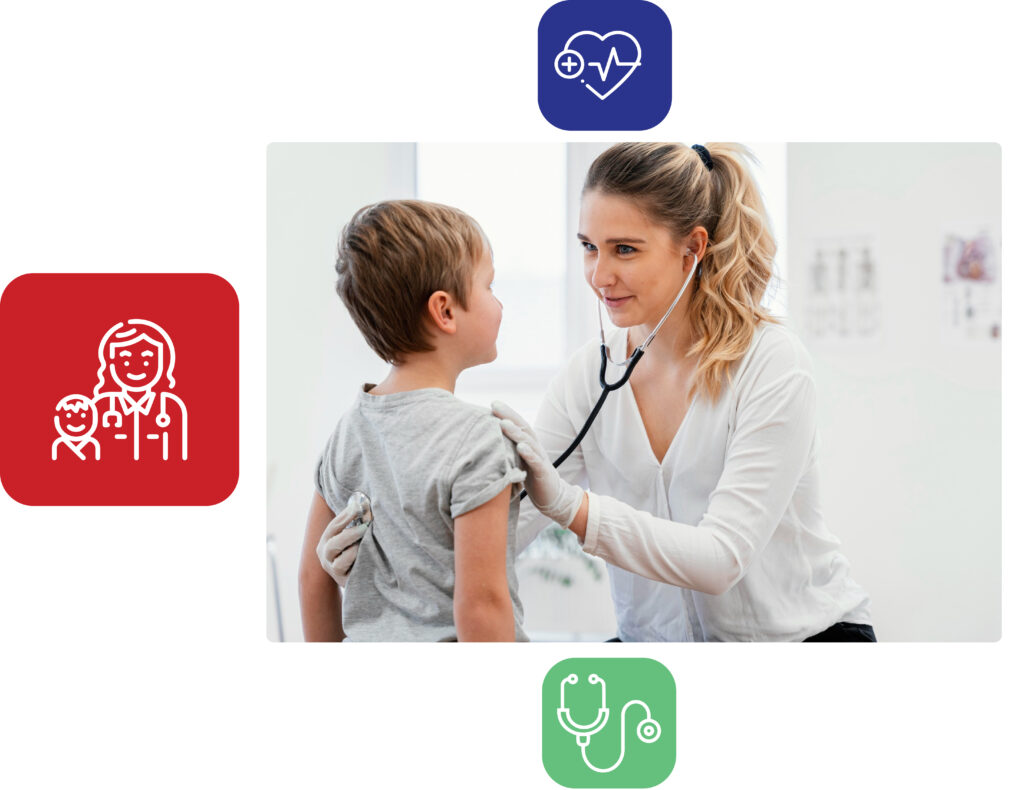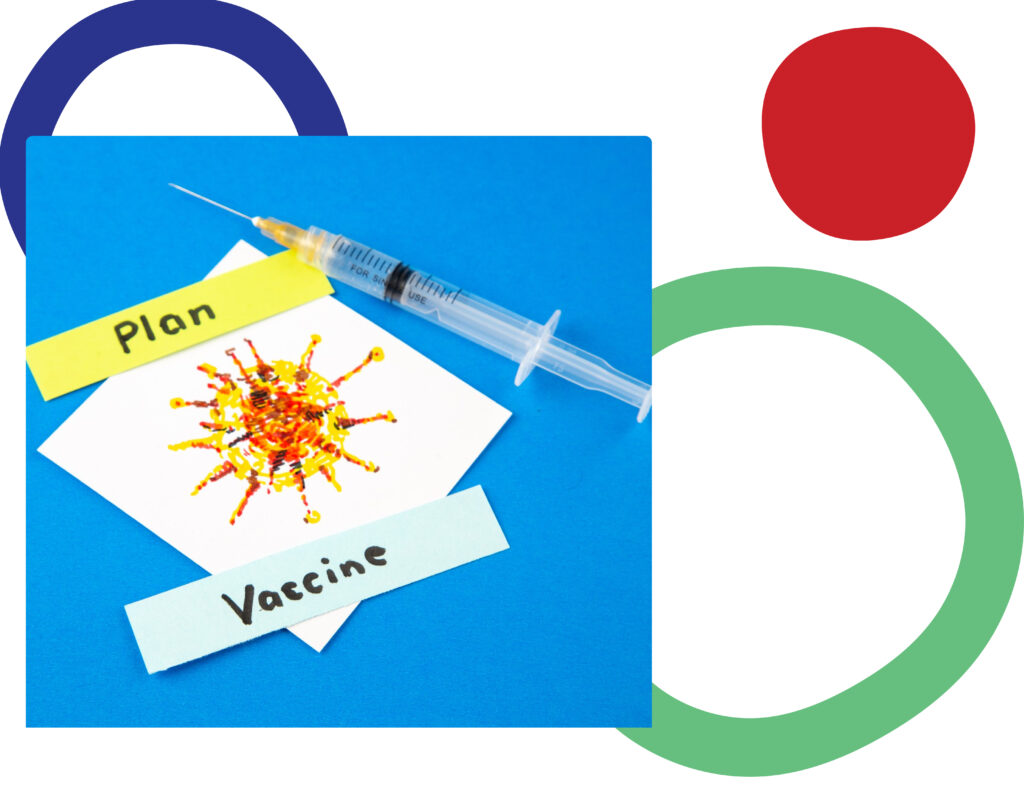Important Notice: Our phone lines have been out all day and are still being repaired. We will provide an update tomorrow at noon.
Until then, please contact us through the website chat, and we’ll call you if needed.
Measles (Rubeola)
Measles Protection for Kids:
What Parents Need to Know
Key Facts:
- Doctors recommend two doses of the MMR vaccine as the most effective protection against measles, mumps, and rubella.
- Children can also receive two doses of the MMRV vaccine, which includes protection against chickenpox.
- MMR and MMRV vaccines typically provide lifelong immunity to measles and rubella, though protection from mumps may lessen with time.


Why the Measles Vaccine Matters:
Getting your child vaccinated with the MMR vaccine is the best way to prevent measles. Another option is the MMRV vaccine, which also guards against chickenpox.
These vaccines are highly effective, and because of widespread vaccination, diseases like measles, mumps, and rubella have become much rarer in the United States.
Available vaccines
Both vaccines below protect against measles, mumps, and rubella, and can be safely given along with other childhood vaccines:
MMR
- Combines protection for measles, mumps, and rubella.
- Two types used in the U.S.: M-M-R II and PRIORIX—both are equally recommended and interchangeable.
MMRV
- Adds chickenpox (varicella) protection to MMR.
- Only approved for children ages 12 months to 12 years.

When Should My Child Get Vaccinated?
Both MMR and MMRV vaccines are safe, effective, and can be administered alongside other routine childhood vaccines. Your pediatrician can guide you on which option is best for your child.
MMR
- Children need two doses:
- 1st dose
- 12–15 months
- 2nd dose
- 4–6 years
Older kids, teens, and adults who lack immunity also need 1–2 doses, spaced at least 28 days apart.
Traveling abroad? Make sure you're fully vaccinated:
- Infants 6–11 months should receive 1 dose before traveling.
- After turning one, they should receive two more doses on schedule.
During a mumps outbreak, those at high risk may be advised to get an extra dose. Public health officials will notify if additional vaccination is necessary.


MMRV
- Children 12 months through 12 years of age may be given 2 doses of MMRV vaccine. Each dose is usually given at:
- 1st dose
- 12–15 months
- 2nd dose
- 4–6 years (or at least 3 months after the first dose)
Older children, adolescents, & adults—Also need 1 or 2 doses of MMR vaccine if they don't have evidence of immunity.A Doses should be separated at least 28 days apart.
What If My Child Is Exposed to Measles?
If you've been exposed and don’t have immunity, talk to your doctor immediately.
- Getting the MMR vaccine within 72 hours of measles exposure might prevent the disease or reduce its severity.
- In some cases, immunoglobulin (IG) given within 6 days can also help lessen symptoms.
- This approach isn’t as effective for mumps or rubella, but still safe to receive.


Why Early Vaccination Is So Important
The MMR vaccine shields your child from three contagious diseases. Without it, nearly everyone who’s exposed will get sick. Vaccination:
- Prevents serious symptoms and complications
- Reduces missed school and work
- Helps prevent spreading diseases to pregnant women, which can result in severe birth complications
Disease-specific benefits:
- For measles: Prevents rash, high fever, and complications
- For mumps: Stops fever and painful swelling under the jaw
- For rubella: Prevents rash and fever, and stops transmission to pregnant women
Who Should Get the MMR/MMRV Vaccine?
MMR vaccination is important for children as well as adults who do not have evidence of immunity.A These include:
Who Should Avoid or Delay Vaccination?
Some individuals may need to delay or skip MMR/MMRV vaccination.
Always consult your doctor if you or your child:

- Had a severe allergic reaction to a prior dose or ingredient
- Are pregnant or planning pregnancy within a month
- Have a weakened immune system or a family history of immune conditions
- Bleed or bruise easily
- Recently had a blood transfusion
- Have tuberculosis.
- Received another vaccine in the past 4 weeks
- Are seriously ill at the time of vaccination
- For MMRV, also let your provider know if your child:
- Has a personal or family history of seizures
- Takes medications containing salicylates (like aspirin)
The vaccine is safe and effective
The MMR vaccine is proven safe and highly protective against all three diseases. Like all vaccines, it may cause mild side effects, but serious reactions are extremely rare.
There is no evidence linking the MMR vaccine to autism. Global studies confirm its safety and effectiveness.
*Safe for breastfeeding moms
One dose of MMR vaccine is:
- 93% effective against measles
- 72% effective against mumps
- 97% effective against rubella
Two doses of MMR vaccine are:
- 97% effective against measles
- 86% effective against mumps
Immunity to mumps may fade over time, which is why some people might need a booster dose later in life. Even if vaccinated people do get sick, symptoms are usually milder and they’re less likely to pass the virus to others.
Possible side effects
Most children experience no side effects. If any occur, they are typically mild and temporary:
Key points
- Soreness or redness at the injection site
- Fever
- Mild rash
- Short-term joint pain or stiffness
Rare but serious effects include high fever that may lead to a seizure—this is very uncommon.


